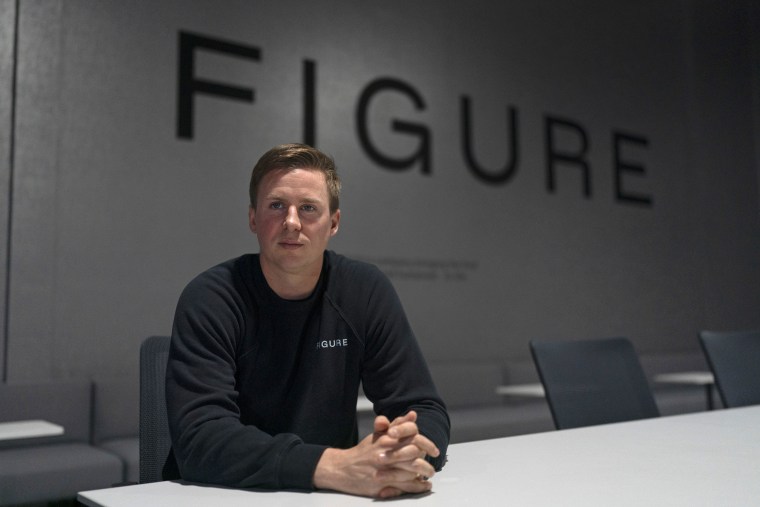Figure AI, a startup based in San Jose, California, has drawn attention in recent months for its sleek, humanlike black-and-gray robots doing basic tasks like folding laundry and putting away groceries.
Now, the company has also drawn a fresh round of funding that values the company higher than other corporate titans, including Delta Air Lines and Adidas.
Figure said Tuesday that it had raised over $1 billion from investors at a valuation of $39 billion. The announcement comes amid a blistering year of investment in companies developing humanlike robots. It reflects “a shared belief in a future where this technology becomes a natural part of daily life,” Figure founder and CEO Brett Adcock said on Tuesday.
In addition to Figure, several American companies like Agility Robotics, Apptronik, Boston Dynamics and Elon Musk’s Tesla are developing their own versions of humanoid robots. These companies have recently advocated for a cohesive national robotics strategy, with an eye to countering China’s growing success in the field. China’s milestone-making humanoid half-marathon garnered global attention in April (though only six robots out of 21 entrants finished), and Beijing recently hosted stilted games of robot soccer and other sports in August’s World Humanoid Robot Games.
Luis Sentis, a professor at the University of Texas Austin and one of the co-founders of Figure-rival Apptronik, said “this is not a one-day thing for one company. The whole humanoid industry is really excited.”
A Goldman Sachs report from February 2024 predicted that the worldwide humanoid market could reach $38 billion in just 10 years, as wonders grow about whether the industry might be on the cusp of a ChatGPT-like moment.
Figure envisions that its humanoid robots will one day replace humans in dangerous and undesirable jobs. Figure says it aims “to develop general purpose humanoids that make a positive impact on humanity,” though its first applications will likely be in industries “such as manufacturing, shipping and logistics, warehousing, and retail, where labor shortages are the most severe.”

The latest funding round was supported by a who’s who of high-profile funders in the robotics and wider AI landscape, including NVIDIA, Intel Capital, LG Technology Ventures, Salesforce and Qualcomm Ventures.
Despite growing hype, several technical barriers continue to constrain humanoid development.
For example, humanoid robots are often powered by a different type of AI system than the large-language models that power virtual applications like Anthropic’s Claude or OpenAI’s ChatGPT. While those virtual systems are trained on vast amounts of text, robots require access to complex, imperfect visual and other sensory data gathered from the physical world. As a result, data acquisition has posed a consistent bottleneck to robot development, along with challenges in creating portable batteries suitable for mobile robots and replicating human levels of dexterity and manipulation.
Researchers have also demonstrated that AI-powered robots can be hacked or manipulated to perform dangerous activities that circumvent safeguards often built into AI systems.
Even with these challenges, Sentis said that humanoid robots are not far from being more extensively adopted. Calling 2025 “the year of the hand,” he argued that barriers to robotic progress like dexterity and manipulation are quickly falling.
“I think humanoids hold immense promise, and today’s announcement marks another exciting step,” Sentis said.

